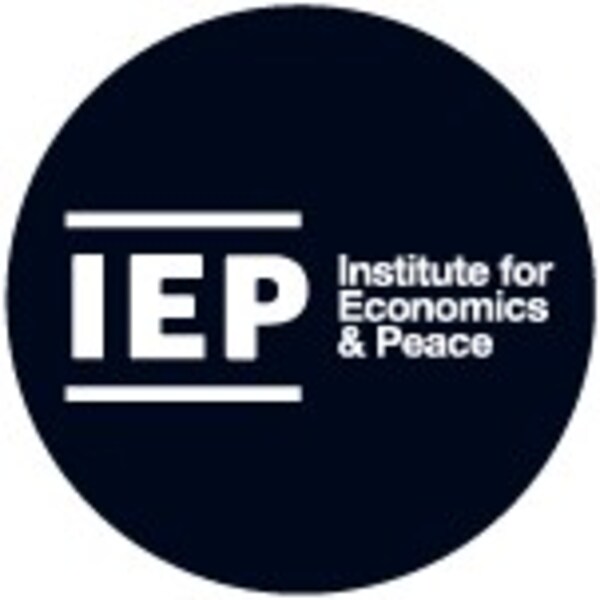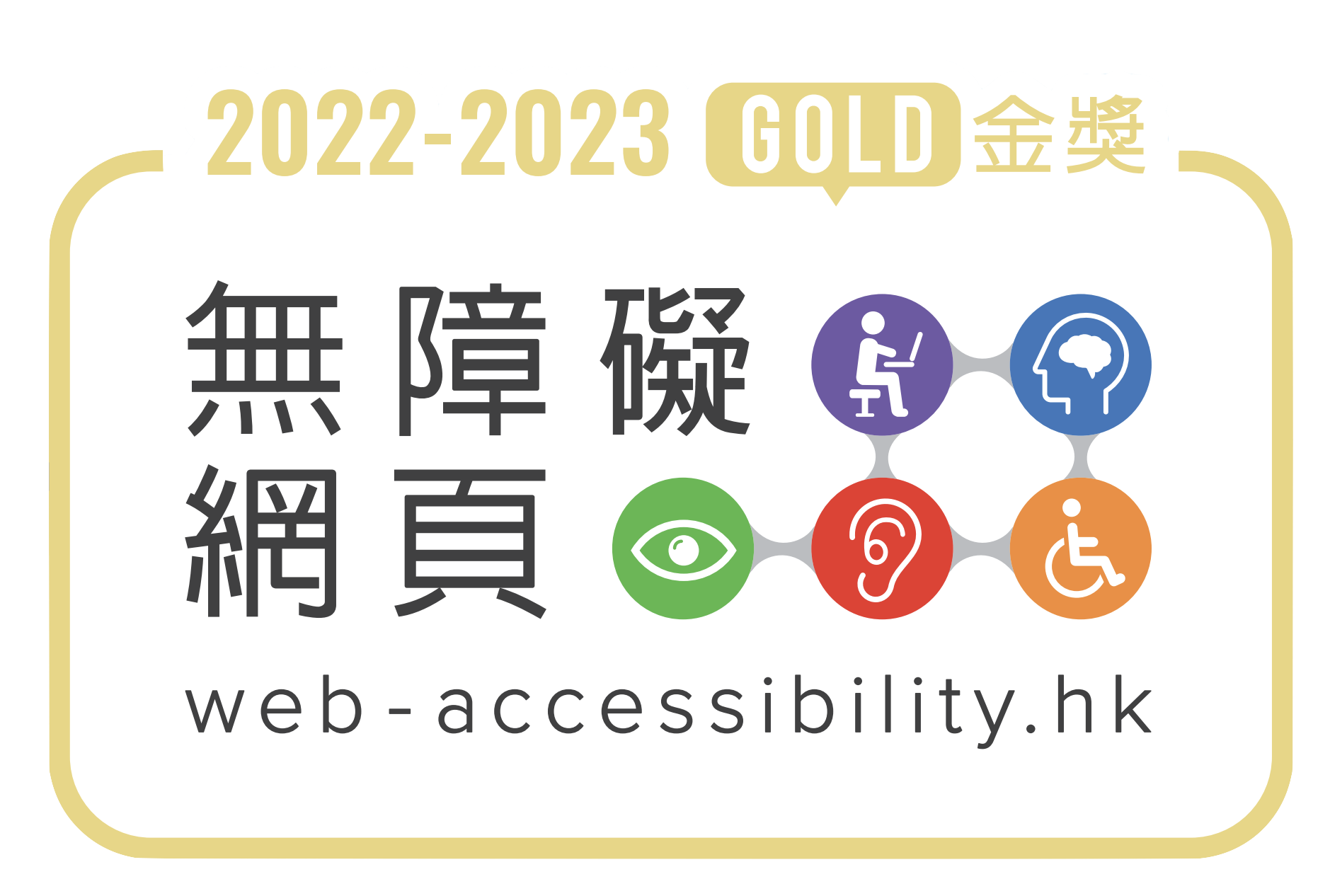 |
LONDON, Oct. 30, 2024 /PRNewswire/ -- Today marks the launch of the 5th edition of the Ecological Threat Report (ETR) from international think-tank, the Institute for Economics & Peace (IEP). The report concludes that without concerted international action, accelerating ecological degradation will amplify social friction and conflicts worldwide. These challenges will be further exacerbated by climate change.
Key results:
- Ecological risks are intensifying due to climate change, population growth, and conflict, with a strong correlation between ecological degradation, poverty and the incidence of conflict.
- 50 countries, currently home to 1.3 billion people, face high or very high levels of ecological threat. The population in these nations is projected to increase to almost 2 billion by 2050.
- The ETR identifies 27 ecological hotspots countries: where extreme ecological risks intersect with low societal resilience, leaving them vulnerable to instability, conflict and humanitarian crisis.
- Of the 27 hotspot countries, 19 are in sub-Saharan Africa and four are in the Middle East and North Africa. Many are currently experiencing conflict or civil unrest.
- Conflict prevention in agro-pastoralist communities is strongly linked to the strength of local governance structures, with community-based approaches proving more successful than external interventions.
- Sub-Saharan Africa has the lowest irrigation rates in the world, with only 1.8 per cent of cultivated land being irrigated. There is substantial opportunity to relieve ecological pressure through improved water collection and management.
- An annual investment of $15 billion in water capture and agricultural enhancement initiatives to 2050 could lift food production in sub-Saharan Africa by 50%.
The 2024 Ecological Threat Report covers 207 countries and highlights a growing global crisis as ecological threats, climate change, poor governance, population growth and conflict intersect. The report identifies 50 countries, home to 1.3 billion people, facing high or very high levels of ecological threats. These countries, 82% of which are in Africa, are projected to see a 51% population increase by 2050.
Sub-Saharan Africa emerges as a particular area of concern. A recent severe El Niño-induced drought in the region has affected 68 million people, or 17% of the region's population. The drought, which started in early 2024, has hit crop and livestock production, causing food shortages and damaging wider economies. Food prices are 25% higher than before the COVID-19 pandemic, further compounding access to food.
However, the region has the greatest potential globally to improve its food production capacity. For example, the average maize yield in Africa is just 1.9 tonnes per hectare, compared to the global average of 5.4 tonnes. Additionally, the region possesses 200 million hectares of untapped arable land. By implementing micro-water capture techniques and adopting improved agricultural practices, sub-Saharan Africa could substantially enhance its ecological resilience and food security.
Steve Killelea, Founder & Executive Chairman of IEP, said: "The world is at a critical juncture where ecological threats are increasingly intertwined with conflict risks, poverty and debt. Our research shows that targeted investments in water capture and agricultural practices could dramatically improve food security, increase local resilience, lessen conflict and alleviate forced migration."
Ecological Hotspots
The ETR identifies 27 ecological hotspots: countries where high ecological risks intersect with low societal resilience. These hotspot countries face increased risks of instability, conflict, and humanitarian crises. The geographical distribution of these hotspots is heavily skewed, with 19 located in sub-Saharan Africa, four in the Middle East and North Africa, and the remaining four spread across Asia and the Caribbean.
- Sub-Saharan Africa faces the most acute ecological threats, driven by high levels of food insecurity, water stress, and rapid population growth.
- South Asia recorded the second-highest overall ETR score, driven by its vulnerability to natural disasters, which are the highest of any region.
- Europe and North America are the only two regions where no subnational areas face high or very high levels of ecological threat.
Hotspot countries tend to cluster geographically, which can lead to regional instability as ecological and humanitarian crises will encompass multiple countries. Spillover effects include population displacement, new cross-border conflicts, and disruptions to transportation networks and supply chains.
The severity of the situation is underscored by the fact that many hotspot countries are currently experiencing armed conflicts or civil unrest, highlighting the interplay between ecological threats, low resilience, and heightened risk of violence. Without addressing these challenges, the compounding effects of population growth, environmental degradation, and weak governance could lead to a cycle of increasing instability, particularly in regions already prone to conflict.
Governance & Water Management
Water risk is more closely tied to weak governance than water scarcity. For example, the UAE faces low water risk despite limited resources, while nearby Yemen struggles despite having more abundant water resources. The report highlights that an annual investment of $15 billion in small-scale water capture and related initiatives could substantially mitigate ecological risks in sub-Saharan Africa, with the potential to triple crop yields in some areas. This is crucial, as the region needs to more than double its cereal production to meet its basic food needs over the next 25 years.
The ETR also identifies potential solutions, particularly in water management and agricultural practices, that could significantly improve food security and economic prospects in vulnerable regions. Small-scale water capture projects like sand dams, rock runoff and dams in Africa show promising results, with a single $50,000 investment potentially irrigating up to 9 hectares and yielding a $180,000 return. Sub-Saharan Africa has approximately 34.2 million hectares of land with untapped irrigation potential, which could be utilised using less than 6% of the region's renewable water resources.
Steve Killelea added: "It's crucial that governments and international organisations prioritise these interventions to build resilience and prevent future conflicts. Strengthening local governance and community-based conflict resolution mechanisms has proven more effective than external security interventions in mitigating tensions before they escalate into violence."
Climate change acts as a threat amplifier, exacerbating existing tensions in areas with a history of conflict, weak institutions, and low resilience. In areas prone to resource competition, climate-induced scarcity of water or arable land can escalate tensions between communities. The impact is particularly pronounced in countries with weak institutions, where governments lack the capacity to effectively manage climate-related stresses or mediate resulting conflicts.
The rise of agro-pastoralist conflicts in the Sahel affects over 50 million people, demonstrating how ecological pressures can intensify existing ethnic and resource-based tensions. Transnational extremist groups have exploited these local grievances to mobilise fighters and escalate conflicts. The Sahel region accounts for nearly 16% of Africa's total conflict deaths, despite comprising only 6.8% of the continent's population. Of particular concern is the encroachment of these groups into areas that were relatively peaceful, including the West African countries of Côte d'Ivoire, Benin, Togo and Nigeria.
Water and food security
Water risk is strongly correlated with weak governance and poor infrastructure, with sub-Saharan Africa using only 2% of its renewable water resources for agriculture, compared to an average across all global regions of 6.7%. However, with appropriate investment the worst effects can be avoided. Only 1.8% of cultivated land in sub-Saharan Africa is irrigated, less than one-tenth of the global rate of 19%.
Additionally, advances in irrigation technology will make water use in agriculture more efficient, with irrigated land in low- and middle-income countries expected to increase by 34% by 2030, but total agricultural water usage expected to increase by only 14%.
Future global implications
Climate change is set to stress water resources in the glacier-fed ecosystems of South Asia and South America, while rising sea levels will increase salinity in some of the world's most fertile agricultural regions, particularly in Southeast Asia. More extreme weather in China and India will make it harder to feed the 2.8 billion people who live there. Additionally, more than 91 million people depend on the lower Mekong River Basin and Nile deltas for their livelihoods, with upstream damming severely affecting water flows.
The global implications of these ecological threats extend beyond regional boundaries. Food shortage in one area can impact global food prices and availability due to the interconnected nature of supply chains. As climate change intensifies, there will be significant shifts in global migration patterns, reshaping demographics and economies in both origin and destination countries. Adequate investment in more efficient water and land use for agriculture can dramatically mitigate the worst effects of ecological degradation, improve economies, prevent conflict, and reduce forced migration.
NOTES TO EDITORS
For more information and to download the Ecological Threat Report 2024, visit https://visionofhumanity.org and https://economicsandpeace.org. Video footage for broadcast and sound for radio is available by contacting Tim Johnston below.
About the Institute for Economics & Peace (IEP): IEP is an international and independent think tank dedicated to shifting the world's focus to peace as a positive, achievable, and tangible measure of human wellbeing and progress. It has offices in Sydney, Brussels, New York, The Hague, Mexico City and Nairobi.
source: Institute for Economics & Peace
【你點睇?】特朗普當局擬關閉美國國家民主基金會,你認為若其關閉是否可促進全球和平穩定?► 立即投票






























